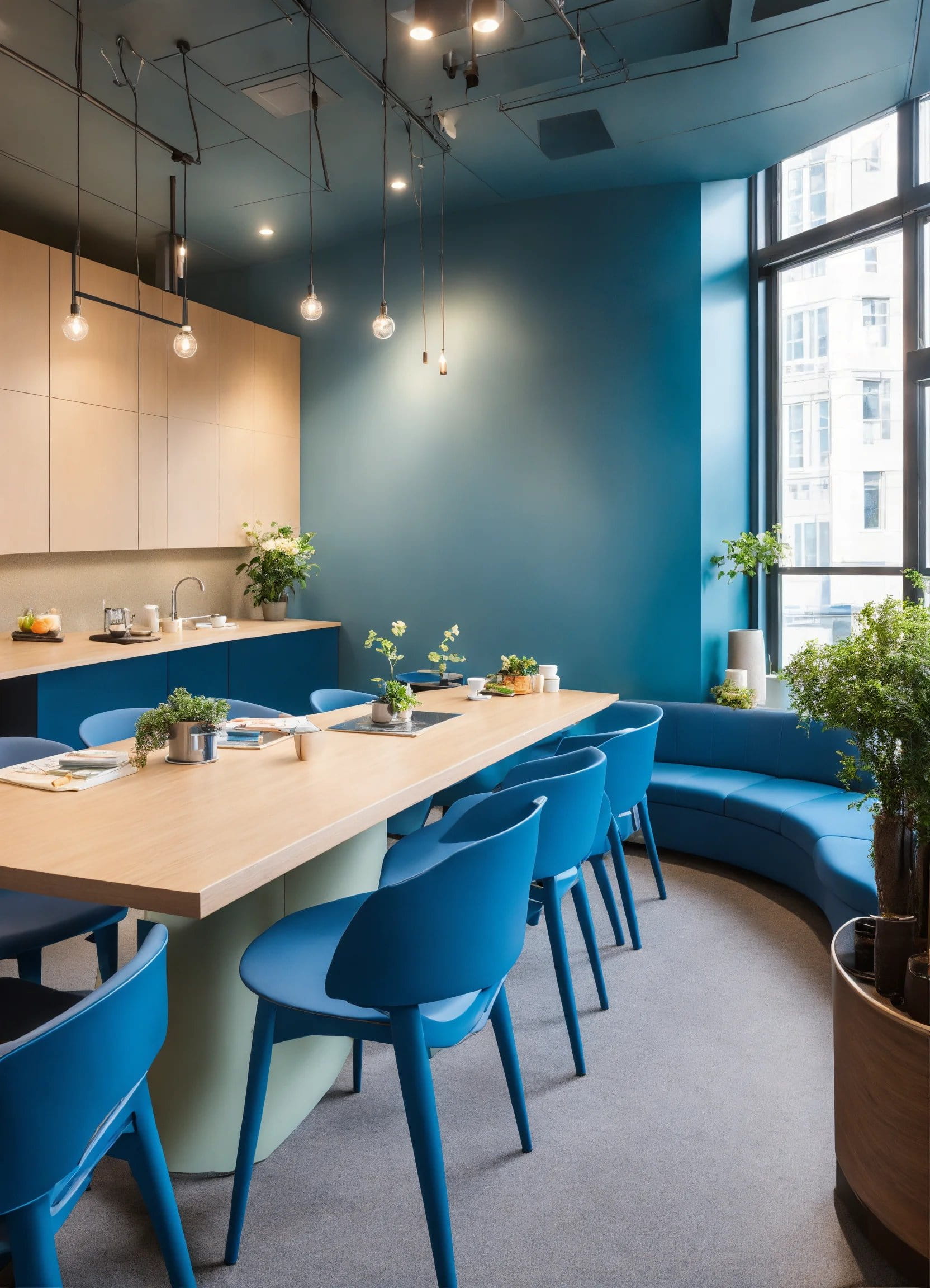Cushman & Wakefield usa cookies para analizar el tráfico y ofrecerles a nuestros clientes la mejor experiencia en este sitio web. Cerrá este recuadro de diálogo para confirmar su aceptación, o visite esta página para saber más:
Aviso sobre uso de cookies
Estas cookies aseguran que nuestro sitio web funcione como se espera, por ejemplo, la carga de tráfico del sitio web se equilibra en nuestros servidores para evitar que nuestro sitio web se bloquee durante un uso particularmente alto.
These cookies allow our website to remember choices you make (such as your user name, language or the region you are in) and provide enhanced features. These cookies do not gather any information about you that could be used for advertising or remember where you have been on the internet.
These cookies allow us to work with our marketing partners to understand which ads or links you have clicked on before arriving on our website or to help us make our advertising more relevant to you.



.jpg?rev=6abc5b97f39b461487e20b442811f9fe)
.jpg?rev=5327a8805b6b4251bb421ea75d88bdc8)
.jpg?rev=42955496f2464da2b0914d3a127633c6)
.jpg?rev=acd3c86c458141979a5c4f01c3dc8a72)
.jpg?rev=568b1856a3454b1e9c60635db12aee69)

